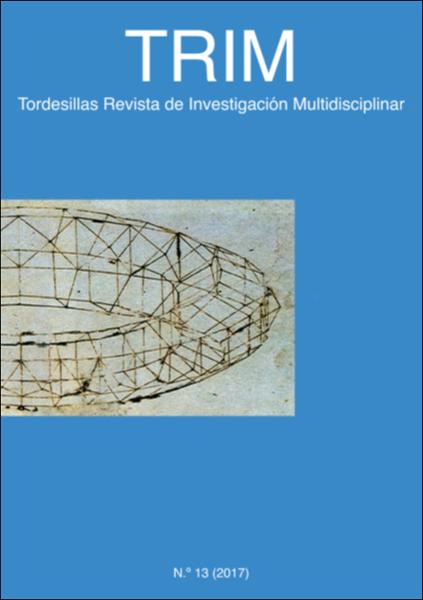El análisis del rendimiento académico a través de modelos matemáticos y estadísticos
The analysis of academic performance through mathematical and statistical models
Fecha
2017Autor
Devincenzi, Gustavo Horacio
Rohde, Gricela Alicia
Giraudo, Marta Beatriz Viviana
Bonaffini, María Liliana
Bernaola, Gustavo Alberto
Metadatos
Mostrar el registro completo del ítemResumen
El fortalecimiento de la educación universitaria constituye un elemento fundamental
para lograr la competitividad de las estructuras sociales, económicas y productivas, por
ello es necesario que las instituciones de nivel superior incorporen herramientas que les
permitan evaluar la marcha de sus procesos educativos, a fin de lograr una educación
inclusiva, disminuyendo el riesgo de la deserción.
El objetivo de este trabajo fue medir la eficiencia de las asignaturas
correspondientes al ciclo común de tres carreras universitarias mediante modelos
matemáticos y análisis estadísticos. Para ello, se han seleccionado trece asignaturas que
forman parte de este ciclo y que corresponden a una Unidad Académica de la Universidad
Nacional del Nordeste.
En cuanto a la metodología empleada para medir la eficiencia de las asignaturas
mencionadas, se utilizó el modelo de Análisis Envolvente de Datos (DEA), para el período
2005 hasta 2014.
Con los mismos datos utilizados para aplicar el modelo mencionado, se calcularon
los índices de Regularidad, Aprobación, Promoción y por último, el Índice General por
materia y año calendario, resultado de la sumatoria de los tres anteriores y se graficaron
las líneas de tendencia, calculando las ecuaciones correspondientes a cada una de ellas.
Se realizó la comparación de los resultados obtenidos a través del modelo DEA, con las
líneas de tendencia, a fin de validar ambos procedimientos.
En una etapa final, se utilizó la proyección de las líneas de tendencia, a fin de
pronosticar el comportamiento de las asignaturas críticas. Se puede concluir que la aplicación del modelo DEA ha validado los resultados
obtenidos por el Índice General de materias, permitiendo identificar las asignaturas que
resultaron críticas en el rendimiento académico, en la serie de tiempo considerada. The strengthening of university education is a fundamental element to achieve the
competitiveness of social, economic and productive structures, therefore it is necessary for
higher level institutions to incorporate tools that allow them to evaluate the progress of
their educational processes, in order to achieve an inclusive education, reducing the risk of
dropping out.
The objective of this work was to measure the efficiency of the subjects corresponding
to the common cycle of three university courses through mathematical models and
statistical analysis. To this end, thirteen subjects have been selected that are part of this
cycle and correspond to an Academic Unit of the National University of the Northeast.
As for the methodology used to measure the efficiency of the mentioned subjects,
the Data Envelopment Analysis (DEA) model was used for the period 2005 to 2014.
With the same data used to apply the aforementioned model, the indexes of Regularity,
Approval, Promotion and, lastly, the General Index by subject and calendar year, resulting
from the sum of the previous three, were plotted the trend lines, calculating the
equations corresponding to each one of them. We compared the results obtained through
the DEA model, with the trend lines, in order to validate both procedures.
In a final stage, the projection of the trend lines was used, in order to predict the behavior
of the critical subjects.
It can be concluded that the application of the DEA model has validated the results
obtained by the General Index of subjects, allowing to identify the subjects that were critical
in the academic performance, in the time series considered.
Colecciones
- Artículos de revista [51]





